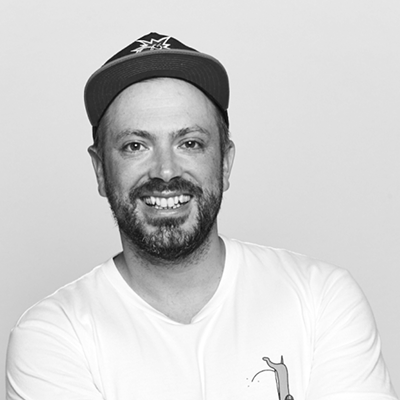When two team members are pulling in different directions, it can feel like a headache waiting to happen. But most of these challenges aren’t about personality clashes – they’re about differences in how people work. In this conversation, Dr. Khristin Highet (clinical psychologist and workplace wellbeing expert) and Nick Hunter (CEO of Paper Moose) share practical, values-led strategies for helping team members find common ground. From identifying shared goals and naming working style differences, to using perspective-switching techniques and setting communication preferences, this discussion will help you lead with empathy and guide your team back to working together as a stronger, more connected unit.
Team dynamics can feel complicated, especially when it seems like two people are constantly working against each other. As a leader, you’re left wondering how to step in without making things worse. The truth is, these situations are rarely about people not liking each other – most of the time, it’s simply a clash of working styles or priorities. And with the right approach, you can help those team members connect, understand each other, and move forward together.
This question was unpacked by Dr. Khristin Highet, a clinical psychologist and founder of Mind Evolution Enterprises who has spent over 15 years supporting creative professionals and workplace wellbeing, and Nick Hunter, Co-founder and CEO of Paper Moose, a B Corp certified creative agency. Andy Wright, founder of Never Not Creative and CEO of Streamtime, facilitated the discussion.
Khristin recommends grounding the conversation in a common purpose: "It can be helpful to determine what the shared goal or objective is between these two people and even if this shared goal is an overarching organizational one, if that's the thing that gets them together at least it's a talking point." This is the first step to moving away from “us versus them” and towards “us versus the challenge.”
Once you’ve established that shared goal, help each team member see how their unique approach contributes to achieving it. This shifts the focus from defending their own perspective to working collaboratively toward a bigger picture.
One of the most important reminders from Khristin is that differences are often about working styles, not personalities: "More often than not when there is sort of like a misalignment within a team is that because it's because of these different work styles."
She shares an example: "Someone could be particularly outcome or goal focused and therefore not necessarily that interested in the finer details and that's just how they operate and how they process information. On the other hand there could be someone who's very detailed and process oriented and so therefore it takes them they like to take the time to think things through."
Taking the time to acknowledge these differences helps people feel seen and understood. It also gives you a foundation to work from when suggesting new ways forward.
Nick introduces a technique inspired by Kim Scott’s "Radical Candor": "Getting them to switch roles and argue the point of the other one as if it was theirs. It's a great way of sort of immediately going oh okay I understand now what their point of view was and I understand where they were coming from because I've argued their point and I've argued it from their perspective."
This exercise can be a game changer. It forces each person to step outside their own viewpoint and can quickly build empathy.
Khristin also suggests asking deeper questions about what’s getting in the way: "Determining what it is about the situation that makes it most difficult for them to accept the other person's point of view or approach because this can really help to identify the barriers to them feeling that they can't move forward."
Uncovering these barriers is critical. Otherwise, you risk addressing surface-level symptoms instead of the real issues holding your team back.
Rather than imposing a solution, Khristin advises involving both people in finding a way forward: "Ask them both what would they feel would be a helpful way forward and how can their ideas be met in the middle... summarize back their ideas and what they actually identified as that middle ground and to ask them specifically are they happy with this middle ground as a starting point."
This collaborative approach helps each person feel heard and gives them ownership over the solution.
Nick recommends setting expectations from the start: "Openly discussing at the beginning of a project as to how you like to communicate and your kind of modes of communication can also be kind of helpful to understand the way that you work, because often that happens with new teams as well."
Clarifying communication preferences early can prevent misunderstandings before they become major issues.
Helping two team members get on the same page isn’t about forcing them to think or work the same way. It’s about helping them understand and value each other’s strengths and creating a safe space where collaboration can happen. As Nick points out, both people are ultimately "on the same team and they're trying to achieve this ultimate goal."
Conflicts like these are a normal part of leading a creative team. When handled with patience, curiosity, and empathy, they can actually strengthen your team’s culture and performance. Diverse perspectives are powerful – sometimes they just need a little support to align.

Co-founder, CEO & ECD of B Corp agency Paper Moose, blending strategy and craft to drive positive change across sectors from NFP to finance, tourism and beyond.

Clinical psychologist and founder of Mind Evolution Enterprises. 15+ years across sectors, helping creatives and teams with wellbeing, strategy and coaching for confidence, performance and relationships.

Founder of Never Not Creative, CEO of Streamtime & co-chair of Mentally Healthy, driven to make the creative industry fairer & more human. Believes great work should never cost wellbeing.



